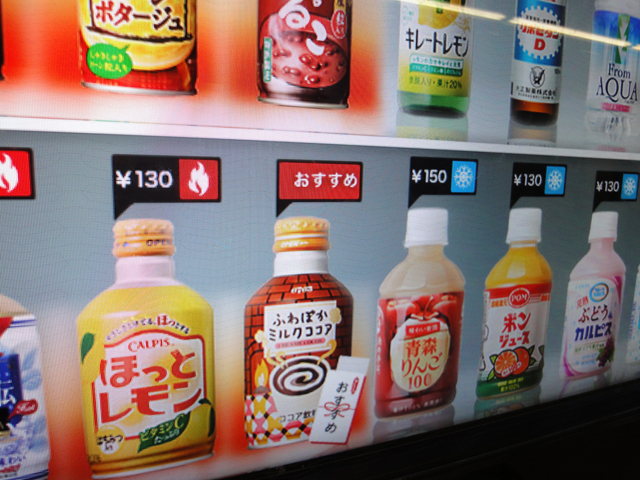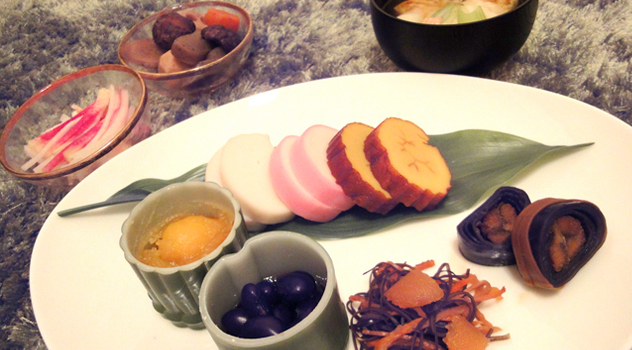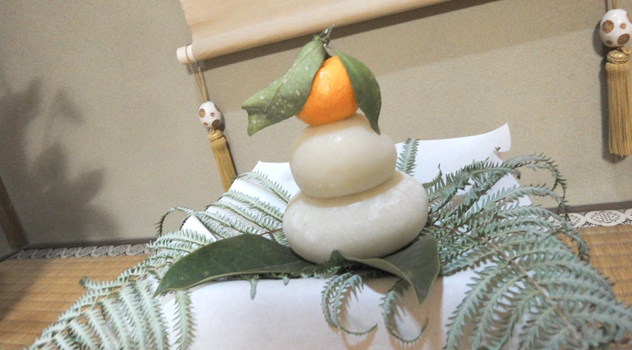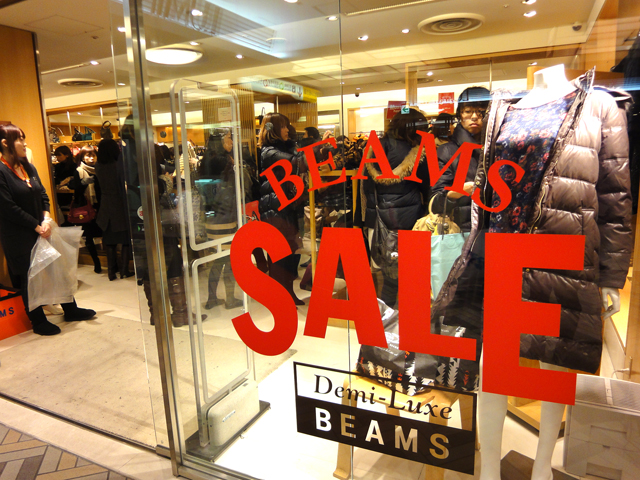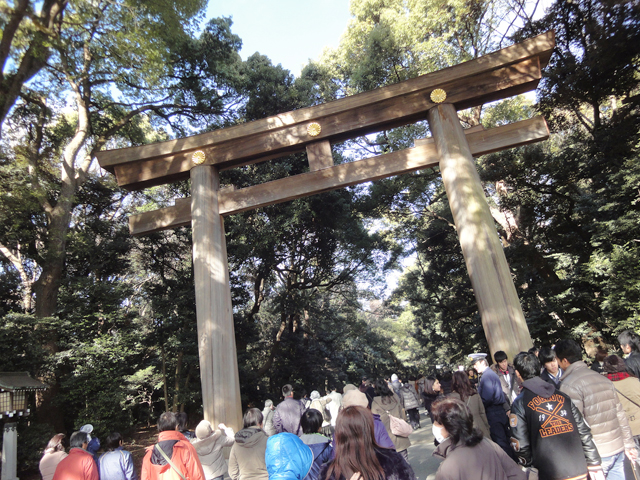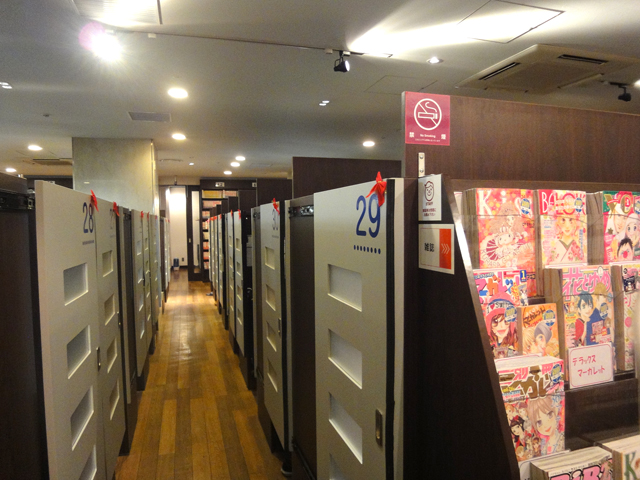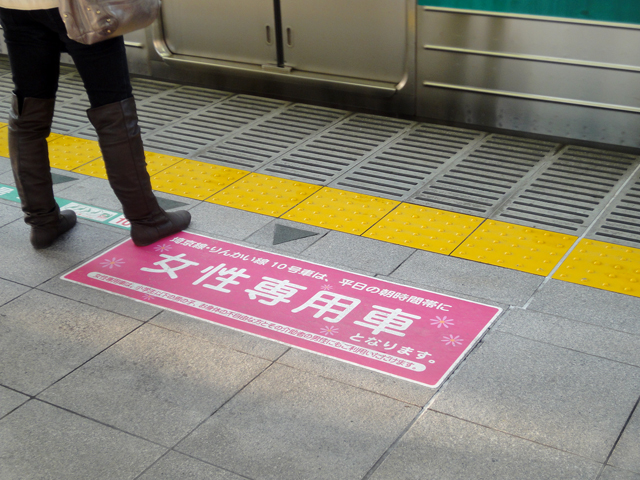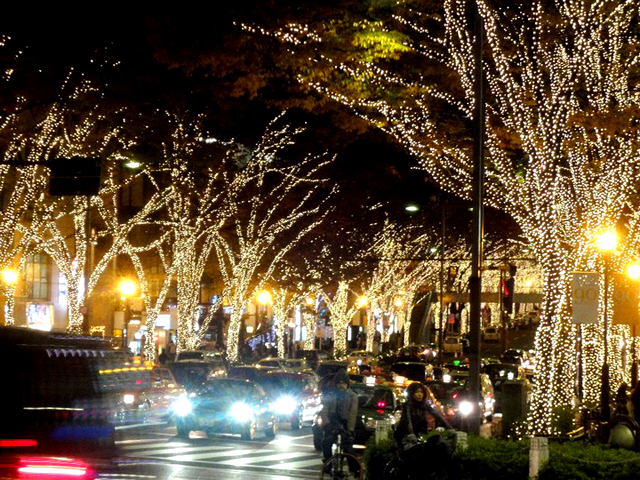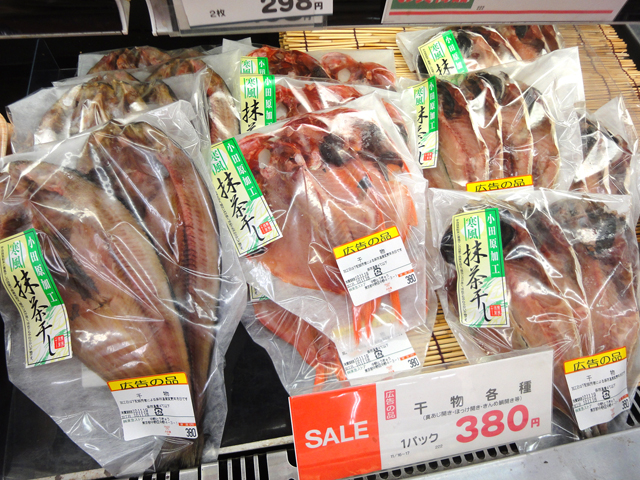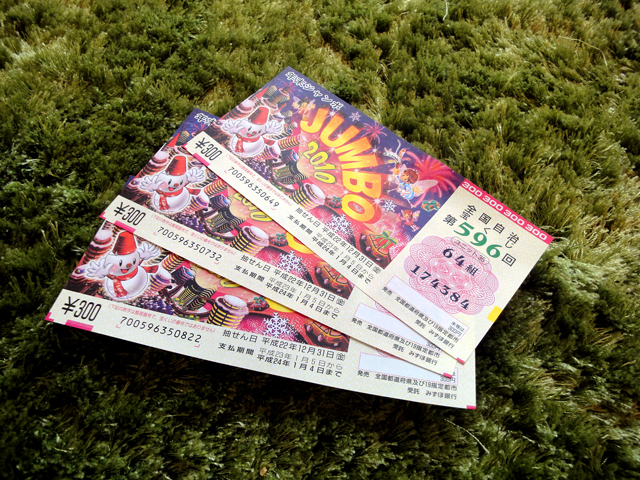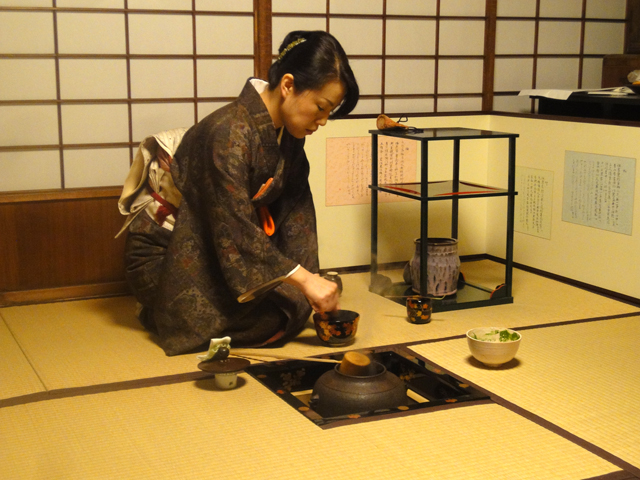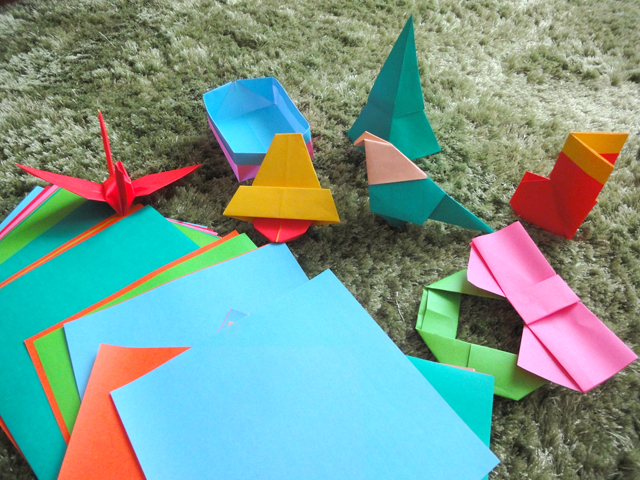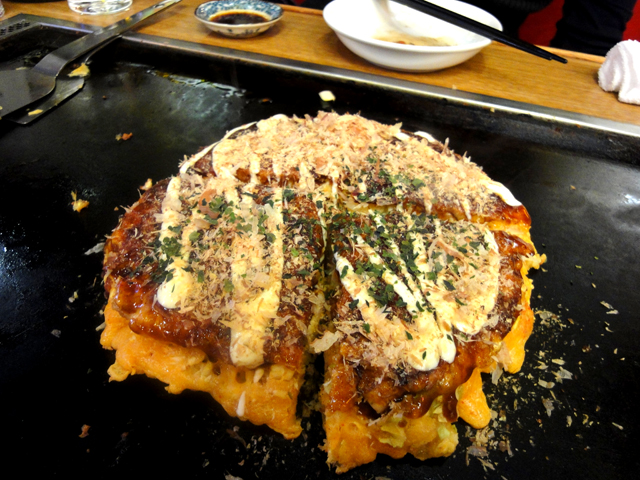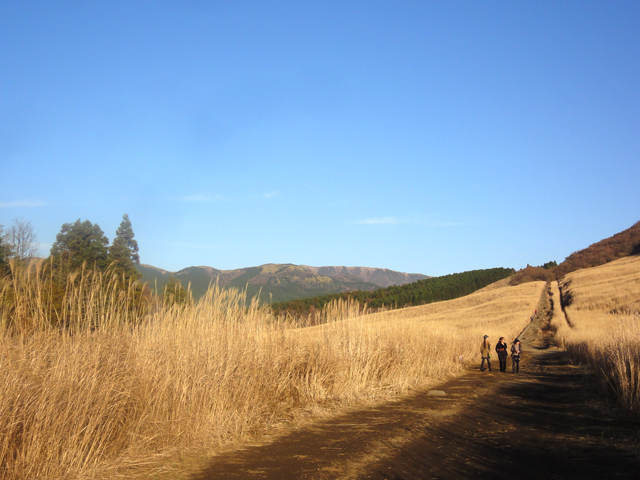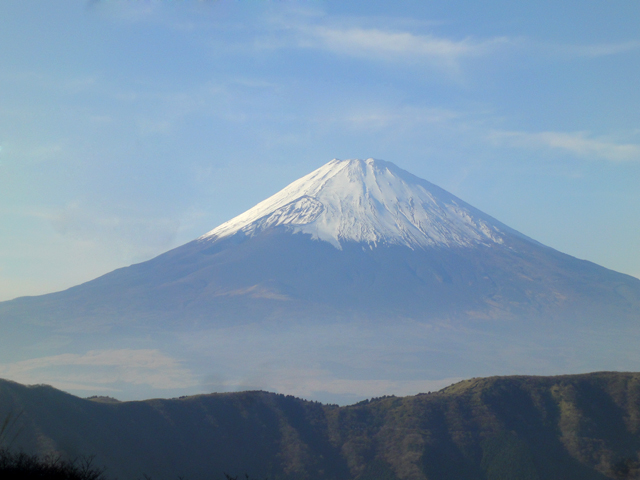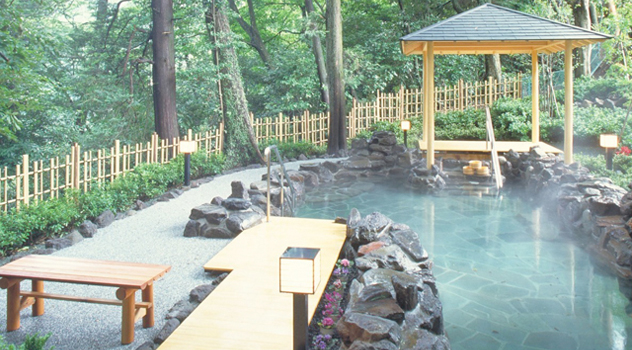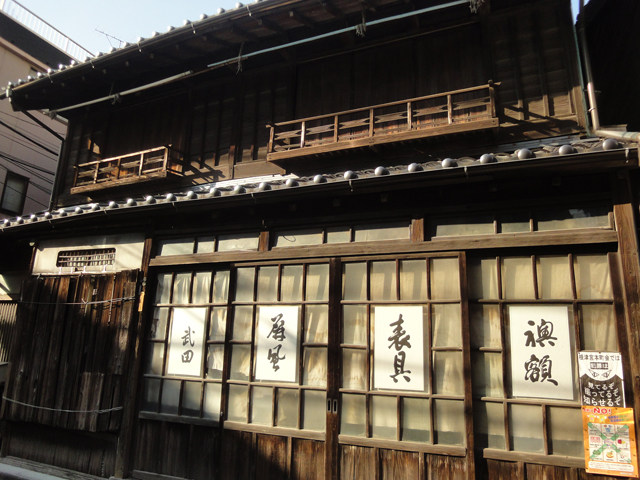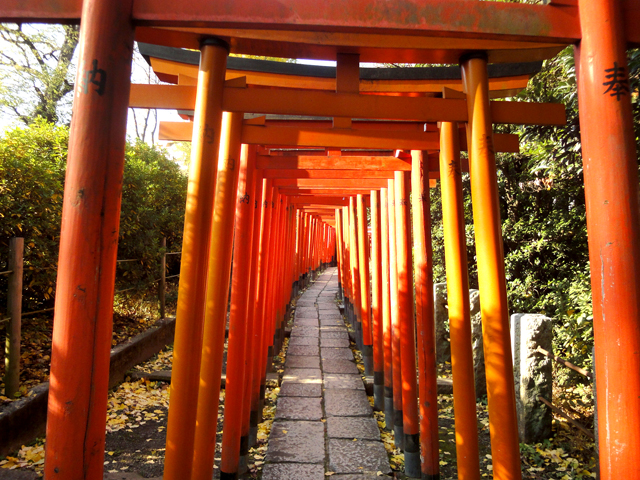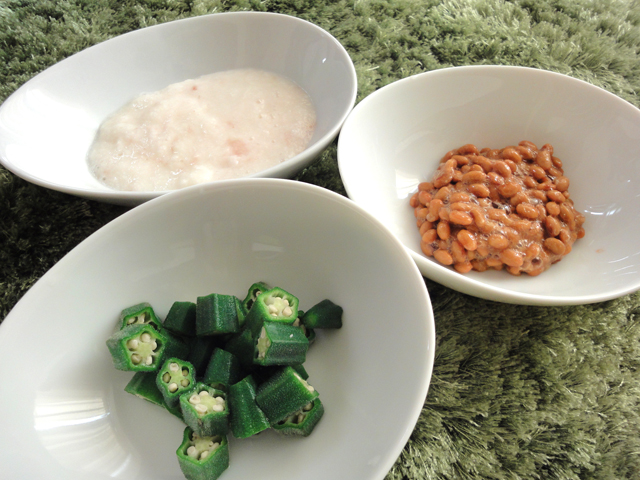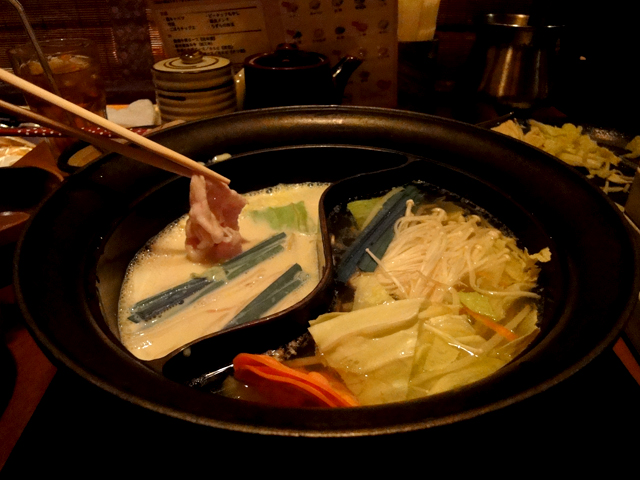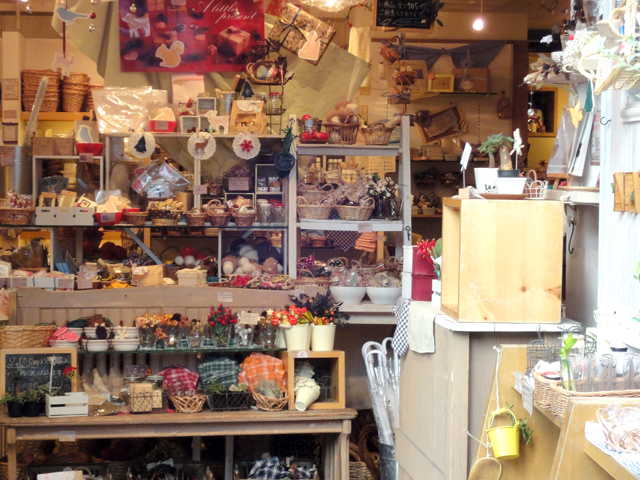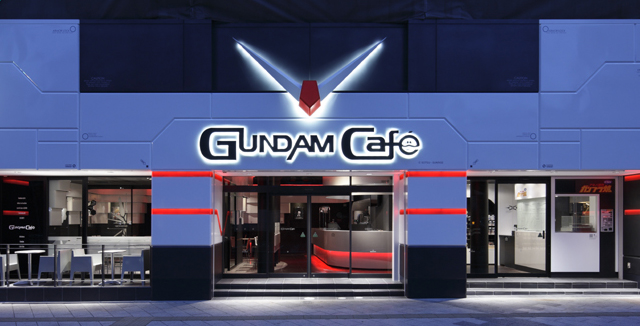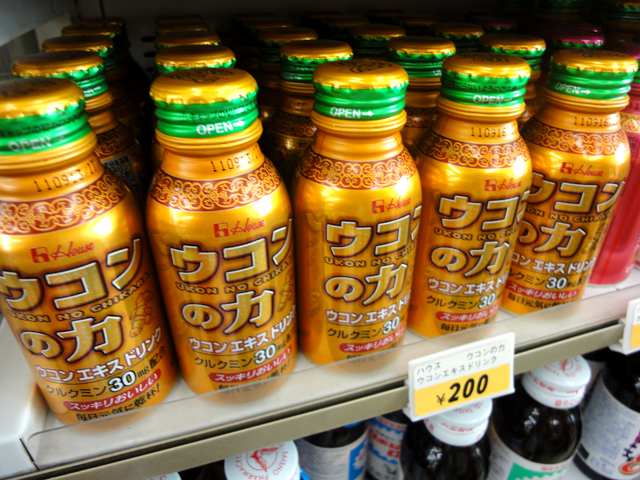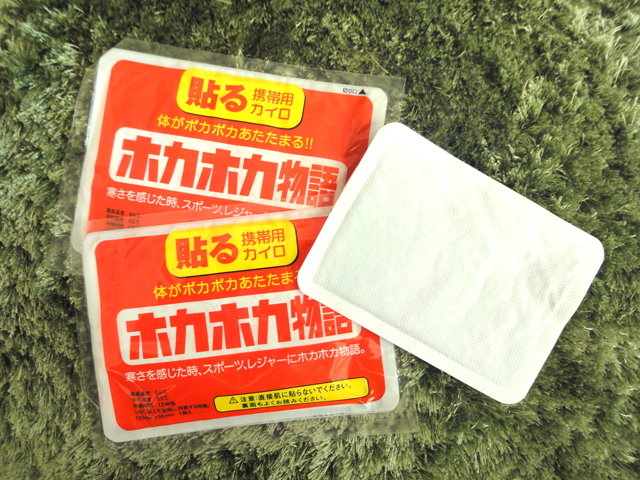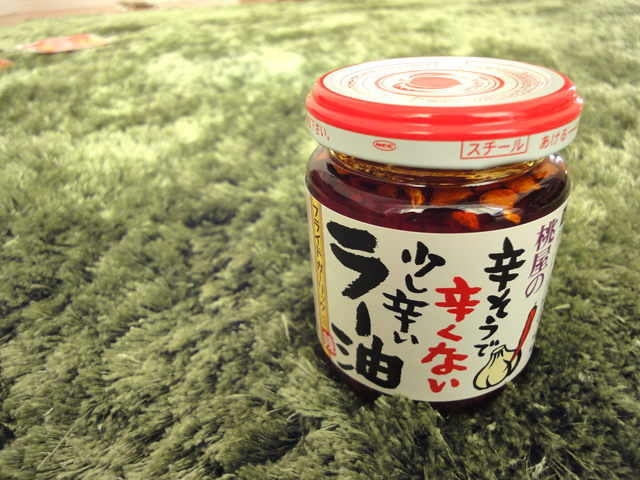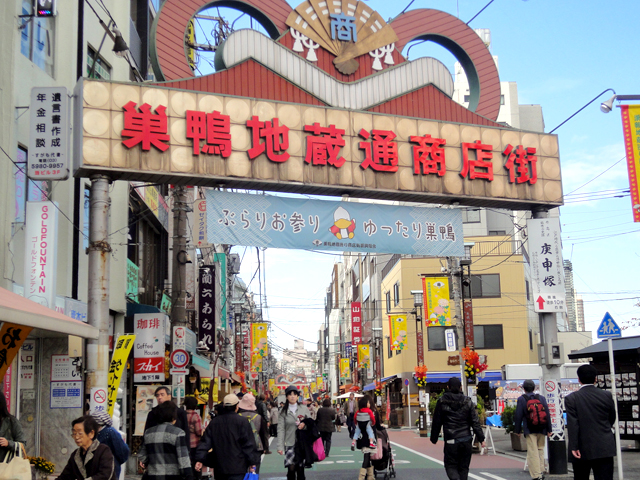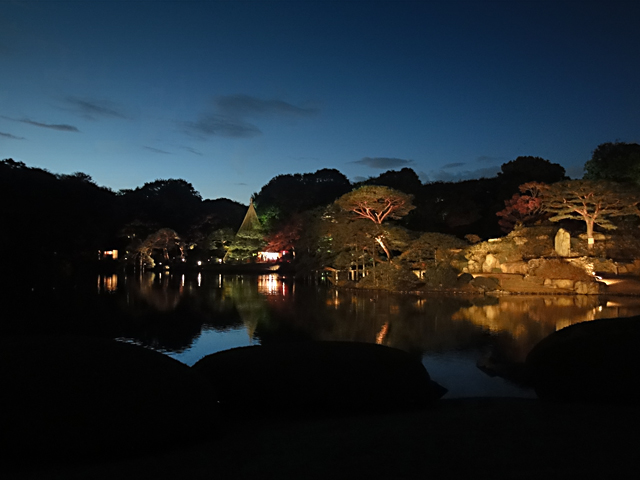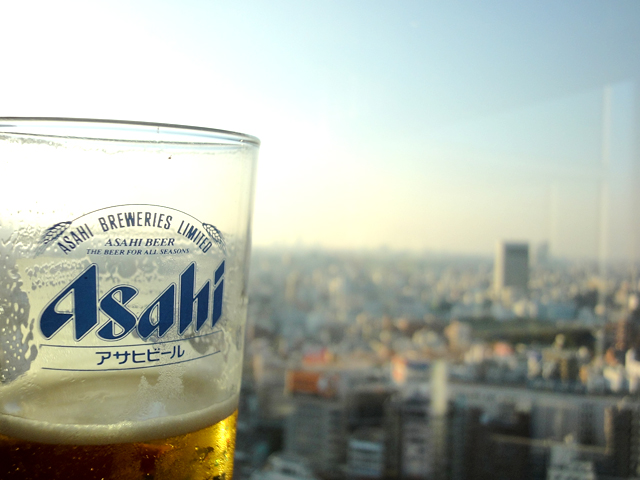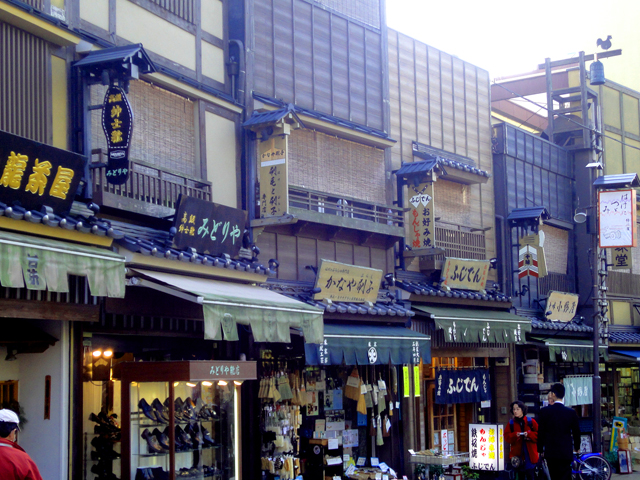New Vending Machines in Tokyo
You can see a lot of vending machines throughout Japan. Drink Icecream Cigarettes * We need ID card called “Tasupo” to get cigarettes from vending machines. So many vending machines, but I seldom see “sold out”. Great distribution system, isn’t it? Canned coffee are popular in Japan. […]
Osechi: traditional new-year dishes in Japan
Most Japanese people enjoy special new-year dishes called “Osechi” during the first three days of January. “Osechi” includes a lot of food that can be kept for a long time. This means people can also relax a little during the holiday. Although there are some regional differences in the contents of osechi, most of […]
New Year’s Decorations in Japan
Many Japanese have decorations for new years. 1. Kadomatu (かどまつ, 門松) “Kadomatsu” are a pair of pine decorations which are placed in front of the gates of houses and buildings from January 1st to the 7th. “Kadomatsu” usually consist of three bamboo poles of different lengths which are cut diagonally. Pine tree branches and sprays […]
New year Sale & lucky bags in Japan!
If you are a shopping lover, don’t miss “New year sale” in japan. Almost of all department stores and shopping malls start it from 2nd or 3rd of the the new year. Sale 20-50% off! Great chance for shopping!! But if you hate “crowded”, I recommend not to go to sales on […]
Hatsumode; New Year’s visit to a shrine
Happy New Year! Hope this year is going to be a great year for you! In Japan, we have a custom called “Hatsumode” (はつもうで, 初詣). “Hatsumode” means New Year’s visits to shrines (recently visiting temples also is ok) and many people visit shrines to pray for happiness and a healthy year. Meiji Shrine in Tokyo, […]
Manga cafe
“Manga cafe” is a kind of cafe in Japan, a comic cafe. it’s called “Manga-kissa” (マンガきっさ, マンガ喫茶 ) or “Man kitsu” (マンきつ, 漫喫), short for Kissaten witch mean cafe. Customers can read as many comics as they like. Customers pay for the time they stay in the cafe. Most manga cafe also provide […]
Women-only passenger cars
Trains in Japan are always on time (except for accidents). I am proud of “Japanese train system”, on the other hand they are extremely crowded, especially during morning/evening commute. Some men use the crowded nature of trains to molest a woman, and it has been a problem of society in Japan. Therefore some railway/subway companies […]
Illuminated Tokyo City
Streets in Tokyo are illuminated now, during Christmas and new year. At Tokyo International Forum in Yurakucho station, A Christmas market is being held to 25th Dec. www.t-i-forum.co.jp/noel/ (Japanese) We can enjoy food, beer, Christmas decorations from Strasbourg, France and see a very beautiful tree :) At […]
Himono: Dried fish
As you know, we Japanese often eat fishes. Sushi, sashimi, broiled fish…. “dried fish” called “Himono” (干物, ひもの) as well. Drying fish is an old way to preserve it for later use. But Japanese are still enjoying textures and taste of “Himono”, different from broiled fish. You can see a lot type of […]
Things to do in December!
- Doing a big cleaning at home. Japanese people have a custom of doing a general year-end cleaning of both the inside and outside of their homes to greet the New Year. – Writing new year’s cards called “Nengajo” (年賀状, ねんがじょう). It’s like your Christmas card. We believe “Oriental Zodia” called “eto” (えと, 干支) […]
Japanese tea ceremony
The Japanese tea ceremony, also called the Way of Tea, is a Japanese cultural activity involving the ceremonial preparation and presentation of matcha, powdered green tea. In Japanese, it is called “Sado” (茶道, さどう). The manner in which it is performed, or the art of its performance, is called “Otemae” (おてまえ, お手前). Zen Buddhism was […]
Origami: the traditional Japanese folk art
“Origami” (おりがみ, 折り紙) is the traditional Japanese folk art of paper folding. “Ori” means “folding”, and “kami” means “paper” in Japanese. The most well known origami model is probably the Japanese paper crane. Almost of Japanese can fold this crane, I think. You might see many paper cranes in Japan. […]
Toilet in Japan
Where is a toilet? To-i-re ha doko desuka? トイレはどこですか? If it’s your lunch time, please read this later :) There are 2 types of toilet in Japan. One is a simple squat toilet called “washiki”, means “Japanese style”. you can still find it sometimes. And the other type is modern Western-type one, now […]
Okonomiyaki: Japanese pancake
“Okonomiyaki” (おこのみやき, お好み焼き) is a Japanese pancake containing a variety of ingredients (meat, seafood etc). The name is derived from the word “okonomi”, meaning “what you like” or “what you want”, and “yaki” meaning “grilled” or “cooked”. “Okonomiyaki” is mainly associated with the western regions, but nowadays we can eat it throughout Japan. […]
Day trip from Tokyo: Hakone vol.3
The last station of the ropeway is “Togendai”, by Lake Ashi. Lake Ashi (Ashinoko in Japanese, “あしのこ, 芦ノ湖”) was formed in the caldera of Mount Hakone after the volcano’s last eruption 3000 years ago. Today, the lake with Mount Fuji in the background is the symbol of Hakone. The best views of the […]
Day trip from Tokyo: Hakone vol.2
This hell vally is called “Owakudani” (おおわくだに, 大涌谷). “Owakudani” is the area around a crater created during the last eruption of Mount Hakone some 3000 years ago. Today, much of the area is an active volcanic zone where sulfurous fumes, hot springs and hot rivers can be experienced. Once known as “Oojigoku” (hell), […]
Day trip from Tokyo: Hakone vol.1
“Hakone” is part of the Fuji-Hakone-Izu National Park, less than 100 kilometers from Tokyo. Famous for hot springs (“onsen”(温泉, おんせん)), natural beauty and the view of nearby Mt. Fuji, Hakone is one of the most popular destinations among Japanese and international tourists looking for a break from Tokyo. It’s just 1.5 hours […]
Yanesen area vol.2: Old and New
Yanaka (やなか, 谷中), Nezu (ねず, 根津), Sendagi (せんだぎ, 千駄木) area, called “Yanesen (やねせん, 谷根千)” is very good at walking around. (Check “Yanesen area vol.1″ as well :) This area didn’t have a large city development, therefore we still can see old houses & stores in this area. Shops at Yanaka ginza […]
Yanesen area vol.1: Nezu shrine
Yanaka (やなか, 谷中), Nezu (ねず, 根津), Sendagi (せんだぎ, 千駄木) area, called “Yanesen (やねせん, 谷根千)” is very good at walking around. “Yanesen” is a coined acronym consisting of the initial “Kanji” of this 3 areas’ names. The area still has historical townscape and 60 temple/shrines. “Nezu shrine” (根津神社) built in 1706, is one of 10 […]
Welcome to “sticky food” world!
Today, I introduce some of “sticky foods” in Japan. Entry No.1 “Okra” (おくら) “Okra” is a vegetable, it might be known as lady’s fingers or gumbo in your country. We basically eat “Okra” with Bonito flake and soy source after boiling. The inside is a little bit sticky, isn’t it? It’s […]
All-you-can-eat “shabushabu”
I’m starving! = Onaka pekopeko (おなか ぺこぺこ) I’m stuffed! = Onaka ippai (おなか いっぱい) * “Onaka” means “stomach”. “Shabushabu” (しゃぶしゃぶ) is a Japanese dish of thin slices of raw meat (usually paper-thin slices of beef or pork) and raw vegetables cooked at table in a simmering pot of broth. The freshly cooked ingredients […]
Stylish 100 yen shops
Visiting Tokyo, please go by “100 yen shops”, one-coin shops. You might have similar shops in your country, but you could be surprised at the high quality of products sold in “100 yen shops”. Even I cannot understand why they can sell these good products for 100 yen. “DAISO” is a leading company, […]
Cures for a hangover in Japan
We Japanese love “drinking at Izakaya” with friends/colleagues, called “Nomikai” (のみかい, 飲み会). Especially, in December, most Japanese have many “year-end party” called “Bounenkai” (ぼうねんかい, 忘年会), and sometimes suffer from a hangover! XD How do we ease our hangover? Miso soup! It is said that “Miso soup with cram” called “Shijimi” (しじみ, シジミ) […]
Ways to stay warm in winter
It’s getting colder in Tokyo, but we have good stuffs to stay warm in winter :) The first one is “Hokkairo” (ほっかいろ, ホッカイロ), small pouch that contains hemicals that heat up when exposed to Oxygen in the air. “Hokkairo” is not expensive (less than 100 yen per packet) and provide up to 8~24 […]
A “Hit Product” in Japan for 2010
Most people eat rice as a staple food in Japan as I previously mentioned in the article “Onigiri“. Therefore we have many kind of dry condiments sprinkled on top of rice or mixed with rice, called “Furikake” (ふりかけ). They are mixtures of dry fish/chicken, sesame seeds, chopped seaweed, sugar, salt etc.. Each […]
Sugamo: “Harajuku of the old ladies”
Visiting “Rikugien“, stop by Sugamo jizo-dori (すがもじぞうどおり, 巣鴨地蔵通り). This street is located near “Sugamo” station, JR Yamanote Line. (you can walk to “Rikugien” from this station as well.) This street is one of the most famous streets in Tokyo, especially popular with the old generation. it is said this street is the “Harajuku […]
The Waka poetly garden, Rikugien: Autumn leaves Light-up
This strolling, mountain and pond-style garden was created basted on the theme of Waka poetry in the 15th year of the Genroku Period (1702) by the shogun, Tokugawa Tsunayoshi’s trusted confidante Yanagisawa Yoshiyasu. This garden is a typical example of the famous gardens of the Edo Period. In the Meiji Period, this garden became […]
Kanpai!: Cheers at Asahi Beer headquarters
At the end of the day you visit Asakusa, walk along “Sumida” river. There is a park along the river, a good place to relax. You can see “Sky Tree”, a tower like “Tokyo Tower”, on the other side of the river. It’s under construction, and will be completed by 2012, and […]
Denpoin street in Asakusa
Visting Asakusa, please walk on “Denpoin street”. (でんぽういんどおり, 伝法院通り). It’s very close to “Senso-ji”. The street has atmosphere of the “Edo” period, from 1603 to 1868. Palm reading(てそう, 手相), Cloths for “Kimono” (きもの, 着物) Do you know what it is for? It’s an old extinguisher in the period, called “Yousuioke”(ようすいおけ, 用水桶), […]
